Note4Students
This topic is not one of UPSC’s favorites and too much details and depth is not required. You need to make a note of 2 things. First, try to understand the evolution of tool technology, memorize which technology(flint, flakes, microliths) corresponds to which age. Second, refer the table at the end. Memorize what started in which age.
Paleolithic Age – It is the longest phase divided in to 3 phases.
1) Early (lower) – 500K -50K BC
2) Middle – 50K – 40K BC
3) Late (upper) – 40K – 10K BC
Followed by the Mesolithic Age(9K to 4K BC) which is regarded as a transitory phase and then Neolithic Age. Neolithic Age began at different times in different parts of the country. But generally Neolithic settlements found in India are no older than 2500 BC.
EVOLUTION OF TOOL TECHNOLOGY
Tools were made by keeping one stone fixed and striking it with another stone. If the tools were made out of the larger leftover ‘core’, they were called core tools. If made using the smaller piece of stone ‘flaked’ out, they were called flake tools.
EARLY PALEOLITHIC AGE – Made of core part.
1. Chopper: using a bowl shaped piece of stone, a heavy and bold tool was created. Only one side was worked on (unifascial).
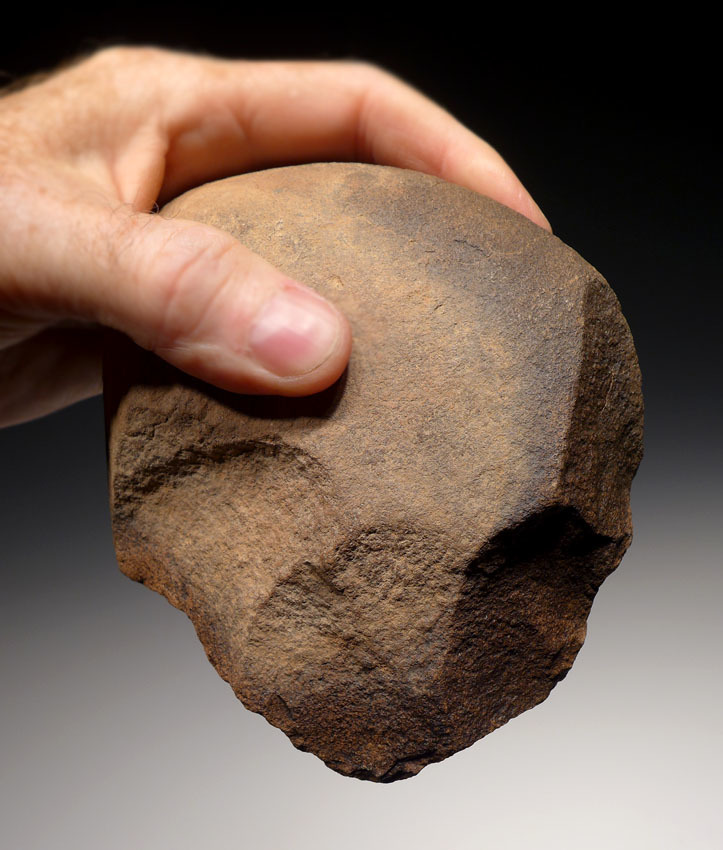
2. Chopping tool: same as the chopper but with 2 edges worked on (bifascial). Chopper and chopping tool are characteristic of lower palaeolithic.
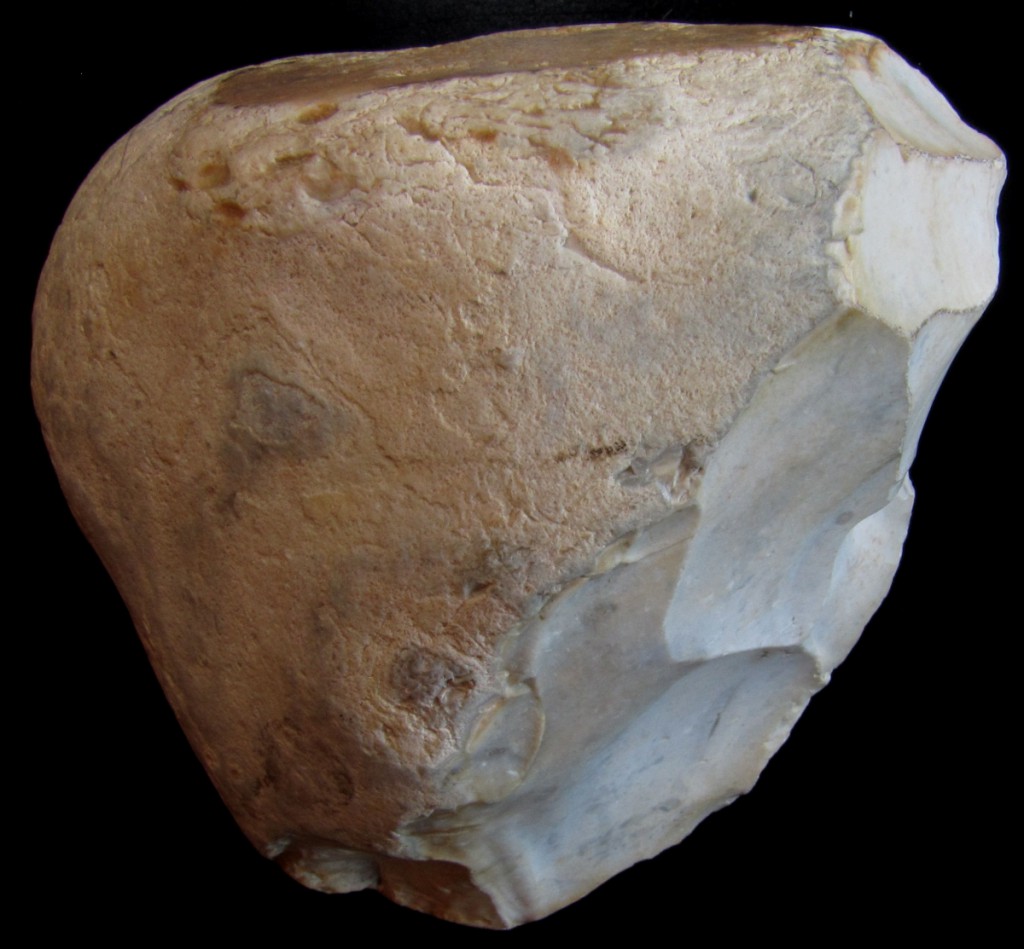
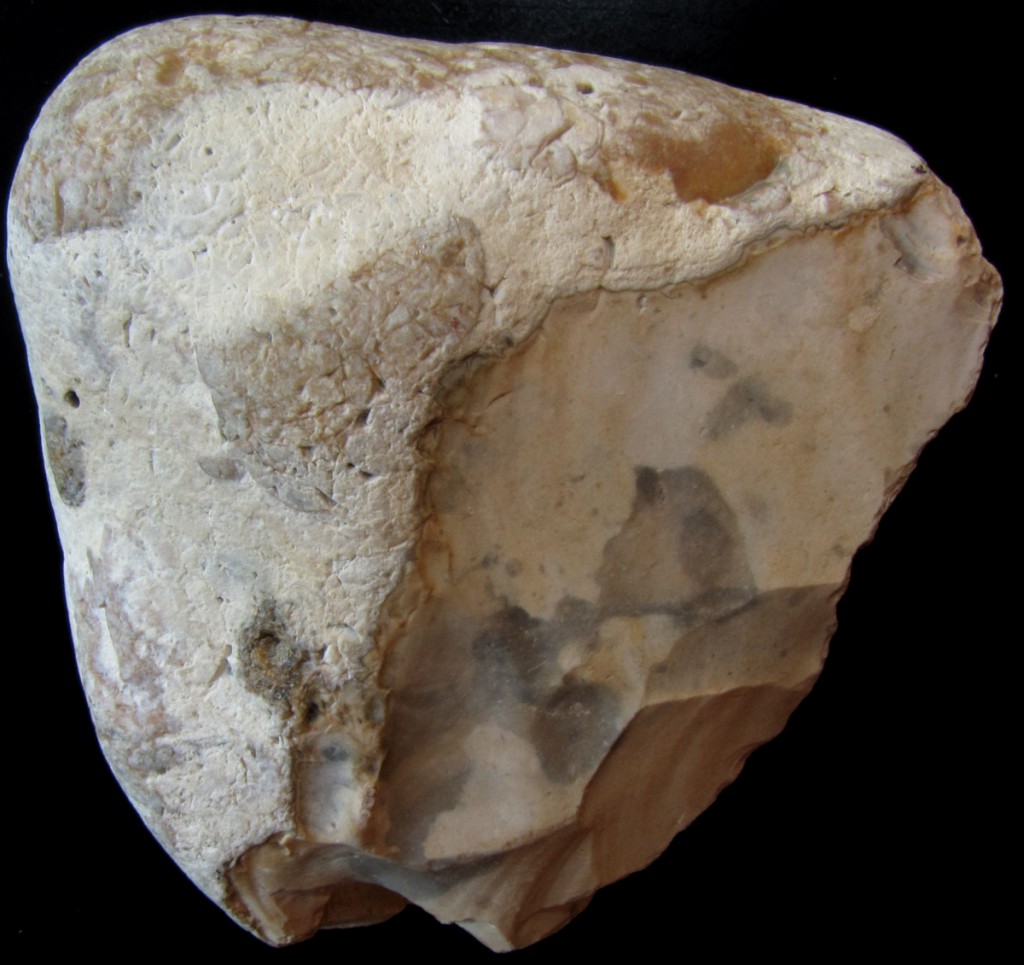
3. Hand axe: A tool requiring much greater control than the chopper, a narrower tool with vertical working edge.
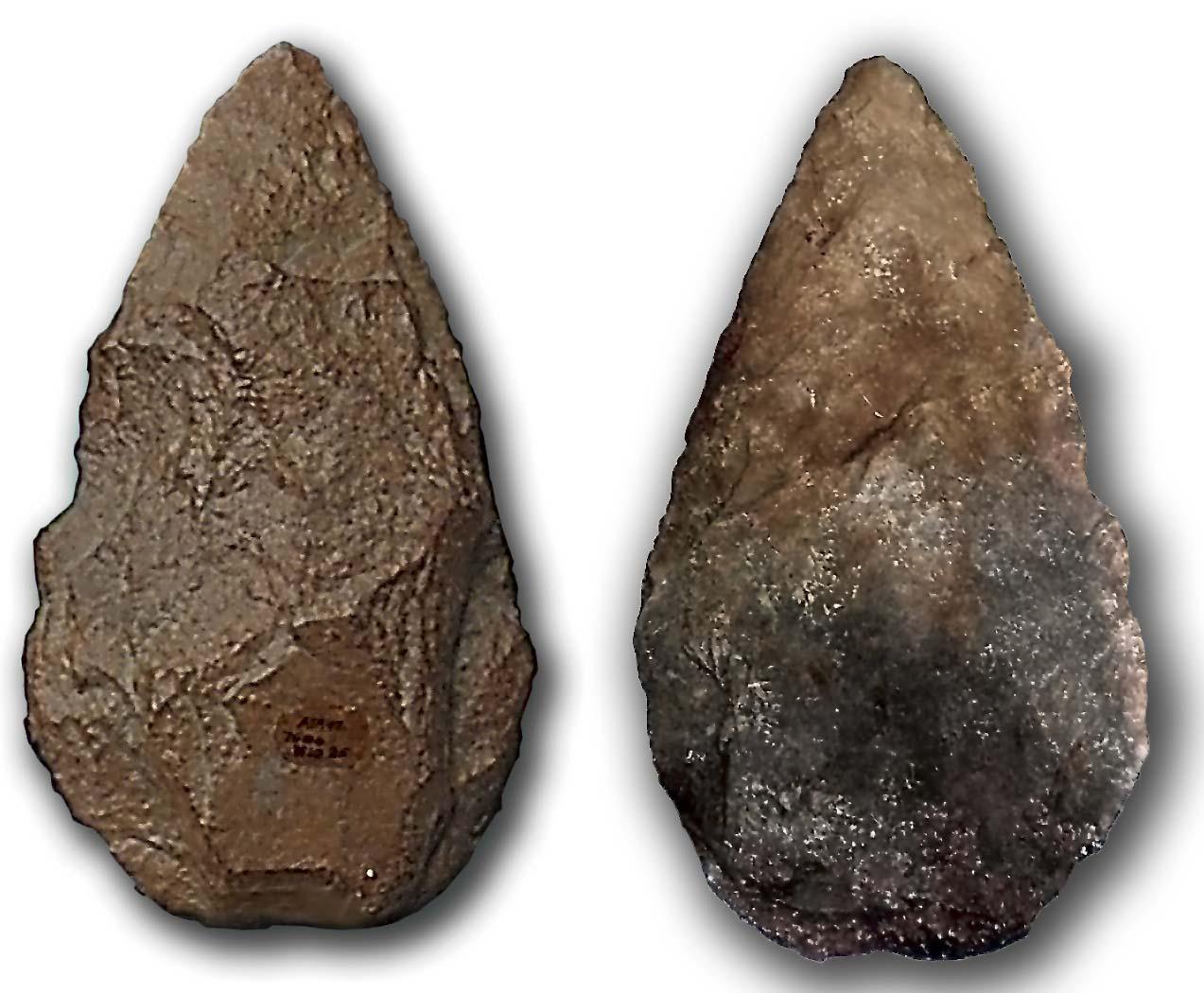
4. Cleaver: cleavers are different from hand-axes in having a transverse or horizontal working edge.
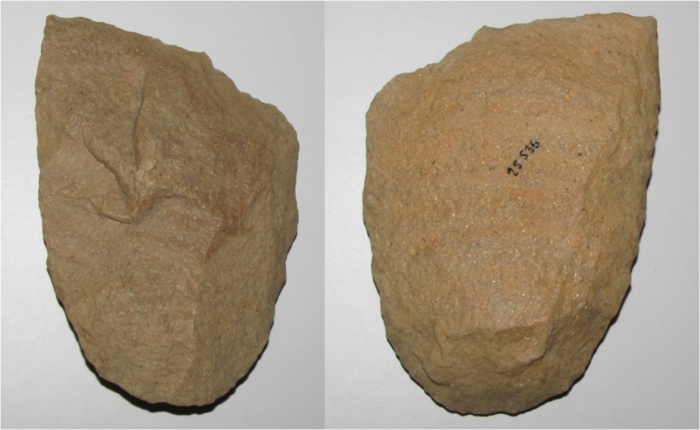
MIDDLE PALEOLITHIC AGE – Flake tools. They are lighter, more precise.
1. Blades: Parallel working edges.
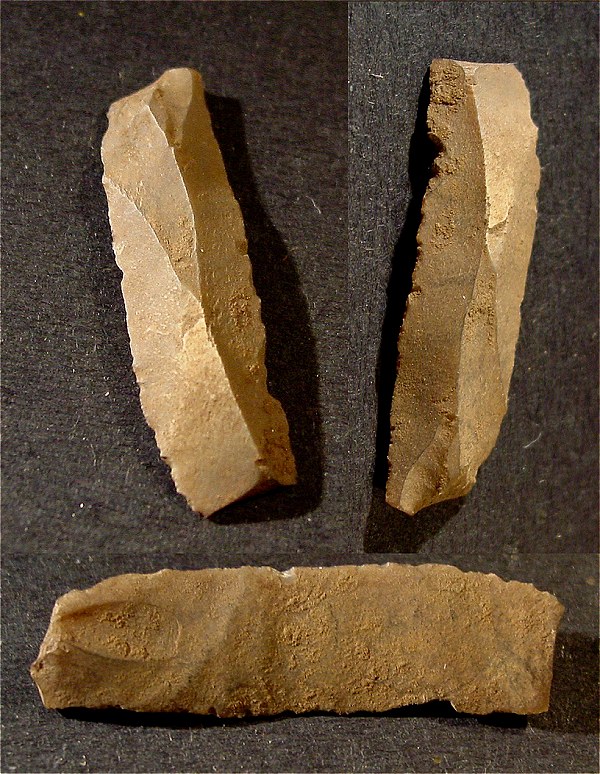
2. Scraper: parallel working edges on the sides, similar to blade, with the difference being blades are much longer than they are wide. This is also a flake tool.
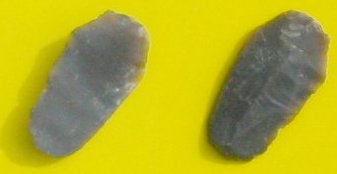
3. Points: sharpened up to a tip: like a point. 2 sideways working edges meet up to the tip. These are sometimes grafted onto a wooden handle, for which a shoulder is present.
UPPER PALEOLITHIC – Flint Tools
1. Burins: unlike a point, the tip is flat like the end of a screwdriver.
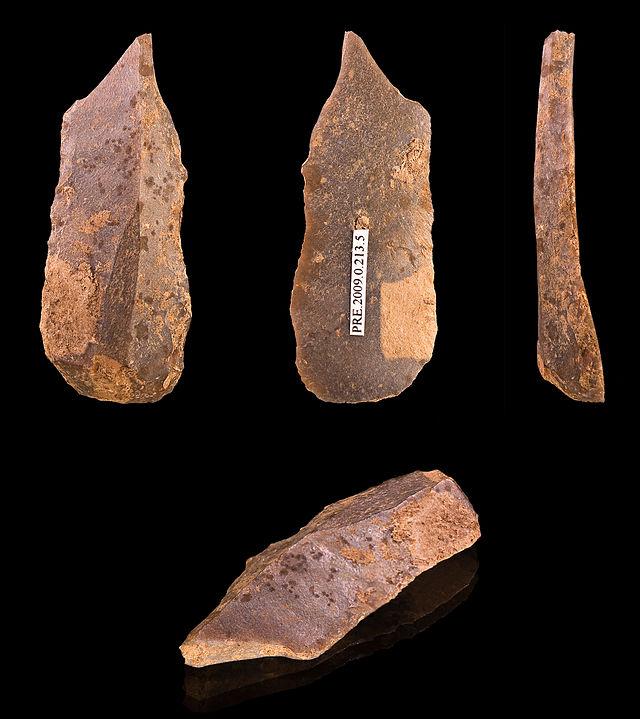
2. Bone tools: Eg. harpoon: used for fishing as fishing hooks. May be one sided or two sided.
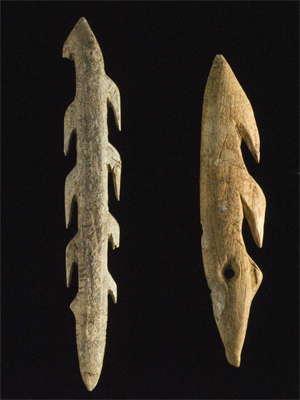
MESOLITHIC AGE
In this age, we get Microliths. These are very small tools (1cm to 8cm) often geometrical in shape, these were used for beautification (eg) tattooing, shaving etc.
Sometimes they were grafted onto wooden shafts: called composite tools.
Names were according to the shape of the tool: trapezoid, lunate, microlith points, microlith blades etc.
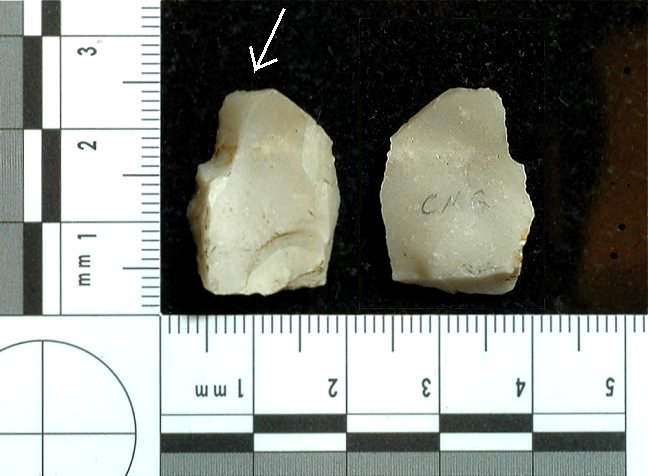
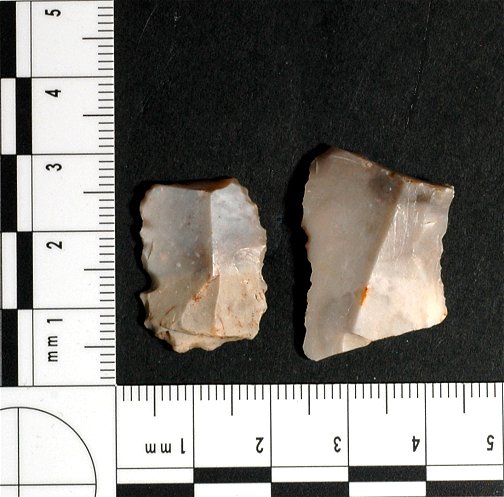
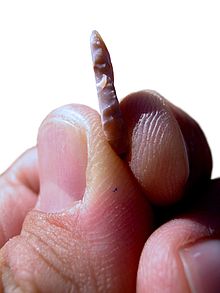
NEOLITHIC AGE – Polished Tools
We see remarkable Polished tools. Rounded heavy tools discovered, which could have been possibly used to level the ground. May have the provision for a handle as well.
1. Celt: used for digging the ground, like an edge.
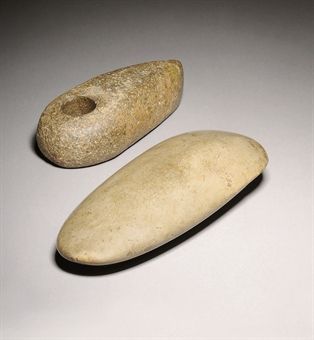



MAIN CHARACTERISTICS
| Early (lower) – 500K -50K | Middle – 50K – 40K | Late (upper) – 40K – 10K | Mesolithic (9K to 4K) | Neolithic | |
| Technology | Flakes | Flints | Microliths | Polished Tools. | |
| Stone Used | Quartzite | Quartzite | Chert, Jasper | Agate | Dyke, Basalt, Dolomite. |
| Occupation | Hunting, food gathering and fishing. | Hunting, food gathering and fishing | Hunting, food gathering and fishing.
Homo-sapiens come in. |
Hunting, food gathering and fishing.
In the later phase they start domesticating animals. |
Hunting, food gathering and fishing came to an end.
Regular agriculture begins. Settled in smaller villages Food producing age. Mehrgarg – wheat, cotton Mirzapur – cultivation of rice. |
| Sites | Soan or Sohan Valley, Punjab
Belan Valley , Mirzapur District, UP (near Allahabad) Didwana, Rajasthan Bhimbetka, MP |
Geography coincides roughly with the Lower Paleolithic sites. | Upper levels of Gujrat Dunes.
Andhra, Karnataka, Maharashtra, Central MP, south UP. Bhimbetka caves used as shelters. |
Adamgargh, MP & Bagor, Rajasthan – earliest evidence of domestication of animals.
Salt Lake, Sambhar deposits suggest cultivation of plants. |
North
Kashmiri – dwelling pits, range of ceramics, variety of stone and bone tools and absence of microlith. Burzahom, Gufkrul Bihar – Chirand South South of Godavari East Assam, Garo Hills
|
| Burial | No burial found | Burzahom – Domestic dogs buried with their masters. | |||
| Pottery | No pottery found | First reference of pottery.
Burzahom – coarse grey pottery. Hand-made pottery found in this age. Later period – footwheel is also used. Included black-burnished ware, greyware and mat-pressed ware. |
|||
| Painting | Bimbetka in Madhya Pradesh, Belan Valley in Uttar Pradesh and Narmada Valley have prehistoric art belonging to all the 3 phases. | ||||

